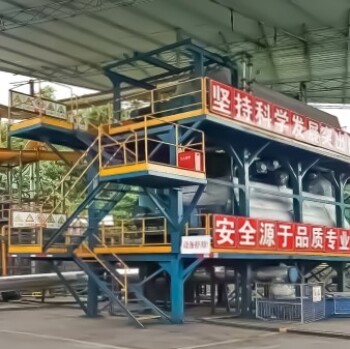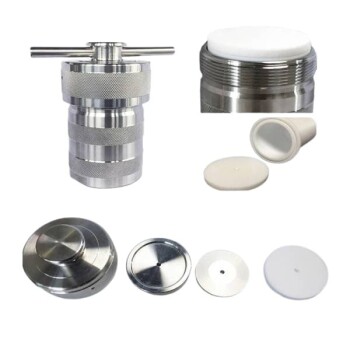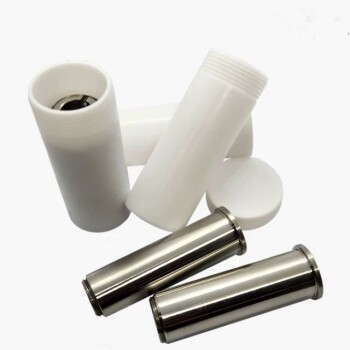Plastic pyrolysis is not widely used primarily due to environmental concerns and economic viability issues.
The process, while promising in theory as a method to convert waste plastic into useful energy sources like oil and gas, faces significant challenges in practice.
Why Plastic Pyrolysis is Not Widely Used: 3 Key Challenges

1. Environmental Concerns
Conventional pyrolysis techniques emit toxic gases such as nitrogen oxides and sulfur dioxide, which pose serious environmental and health risks.
These emissions occur when the process is not adequately controlled, highlighting the need for strict regulatory oversight and advanced technology to mitigate these harmful outputs.
The release of these pollutants contradicts the goal of environmental sustainability, making the process less attractive despite its potential benefits in waste management and energy generation.
2. Economic Viability
The economic feasibility of plastic pyrolysis plants is highly variable and often marginal.
The cost of production is heavily influenced by the availability and cost of local feedstock.
While smaller, mobile units are considered more economically viable due to their flexibility and lower overheads, they still face challenges in terms of operational efficiency and product quality.
The end products, particularly the oil and gas derived from pyrolysis, must meet certain standards to be marketable.
However, the quality of these products is often compromised due to the difficulty in uniformly controlling temperature across the feedstock, especially in conventional pyrolysis setups.
This inconsistency in product quality leads to lower market prices, making the process less economically attractive.
3. Regulatory and Infrastructure Challenges
In regions with stringent landfill policies, the adoption of pyrolysis might seem practical due to reduced tipping costs.
However, the lack of infrastructure for centralized power production and the need for local power generation in remote areas add to the complexity and cost of setting up and operating pyrolysis plants.
Additionally, regulatory requirements for the use of renewable carbons and the availability of carbon credits can influence the economic viability of pyrolysis, but these factors are not consistently favorable across all regions.
Continue exploring, consult our experts
Discover the future of sustainable waste management with KINTEK SOLUTION.
Our cutting-edge pyrolysis technology addresses the environmental and economic hurdles faced by traditional processes, offering a cleaner, more efficient method to convert plastics into valuable energy sources.
Embrace innovation with us and join the movement towards a greener, more economically viable future.
Learn more about our eco-friendly solutions today and take a step towards a cleaner planet!













